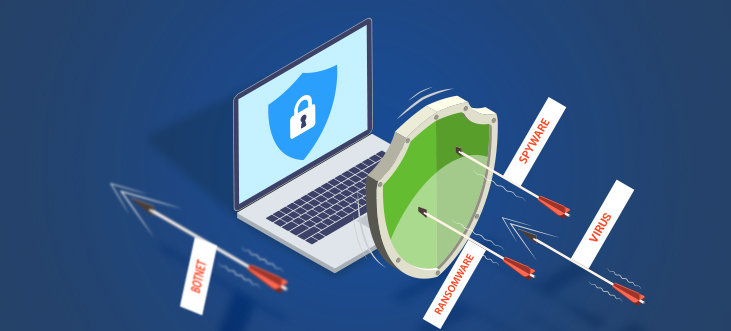Cyber threats are constantly evolving, and one of the most dangerous is the “zero-day exploit.” These attacks take advantage of unknown vulnerabilities before companies can issue fixes. Since no patch exists, zero days can easily slip past security measures.
Hackers find flaws in software, hardware, or other tech before the developers even know about them. That “zero” refers to the number of days companies have to issue an update.
This element of surprise makes zero days incredibly risky. Your firewalls, antivirus programs, and intrusion detection can’t stop what they don’t detect. Attackers use zero days to steal data, deploy ransomware, or otherwise cause harm before anyone realizes there’s an open door.
While zero-days can’t be fully prevented, there are steps to lessen the chances of being impacted:
Make sure all your programs and operating systems are up to date. Regular patches close old vulnerabilities.
Use intrusion prevention systems that can spot suspicious activity indicating a possible zero-day, even without knowing the exact flaw.
Deploy advanced threat detection tools using machine learning to identify unusual behavior signaling an attack.
Segment your network so that if one area is compromised, the damage is contained.
Train employees to recognize phishing or other sneaky tactics hackers use to initially gain entry.
Conduct regular security tests, like penetration testing, to find vulnerabilities before the bad guys.
No digital defense is foolproof, but awareness and diligence can help shield you from these tricky exploits. Staying on top of updates and utilizing protective monitoring tools gives you the best chance in an evolving threat landscape.







